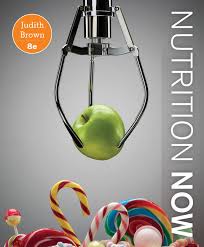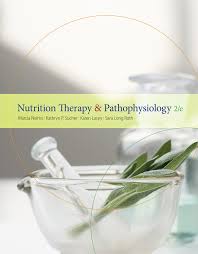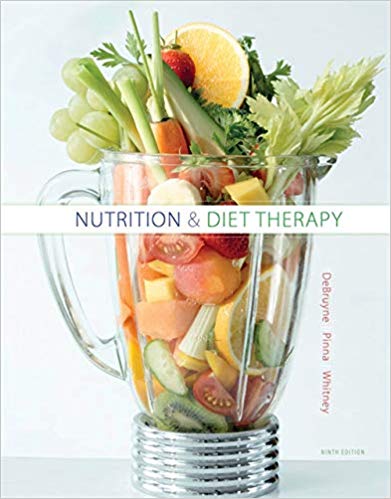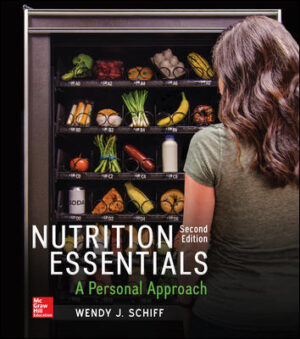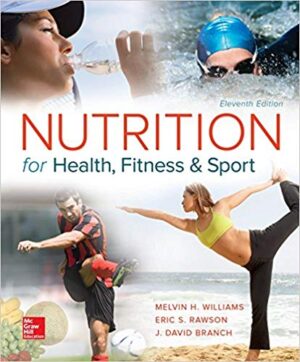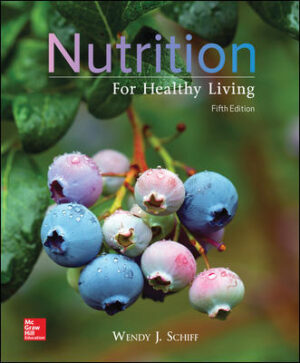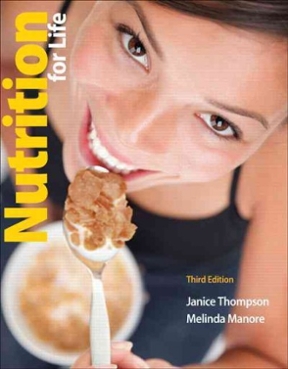NUTRITION SCIENCE AND APPLICATIONS BINDER READY VERSION 4TH EDITION – Test Bank
Do you need test banks fast? eTestBank.net is the best test bank website for you! Download your test bank right after you pay. No waiting!
Why eTestBank.net is Great:
✅ Instant Download:
Get your test bank right away after payment.
✅ Unlimited Downloads:
Download your test bank anytime and as many times as you want.
✅ 24/7 Live Help:
We are here to help you all day, every day.
✅ Guaranteed Delivery:
If you don’t get the download right away, we will send it to you in 3 to 6 hours.
How to Get Your Test Bank:
- Pick Your Test Bank: Choose from many test banks.
- Pay Safely: Pay securely on eTestBank.net.
- Download Instantly: Get your test bank immediately after payment.
- Download Anytime: Unlimited downloads whenever you need them.
Need Help? Contact Us:
📧 Email: [Support@etestbank.net]
📱 WhatsApp: [https://wa.me/message/MC222DLQ4GDXL1r]
Didn’t Get Your Download?
Don’t worry! If you don’t get the file right away, we’ll send it to you in 3 to 6 hours. Need it sooner? Contact us by email or WhatsApp.
💡 Buy now from eTestBank.net for instant downloads, unlimited access, and 24/7 support—get your test bank today!
Package Title: Test Bank
Course Title: Smolin3e
Chapter Number: 4
Question Type: Multiple Choice
1) Which of the following sequences represents a monosaccharide followed by a disaccharide followed by a polysaccharide?
a) fructose, sucrose, starch
b) lactose, glucose, dietary fiber
c) glucose, maltose, lactose
d) galactose, glycogen, starch
Answer: a
Difficulty: Easy
Learning Objective: LO 4.2 Discuss the structures and sources of simple and complex carbohydrates and soluble and insoluble fiber.
Section Reference: Section 4.2 Types of Carbohydrates
2) Carbohydrate loading, a training technique used by some endurance athletes, can help to increase _____________ stores.
a) glycogen
b) amylose
c) sucrose
d) lactase
Answer: a
Difficulty: Easy
Learning Objective: LO 4.2 Discuss the structures and sources of simple and complex carbohydrates and soluble and insoluble fiber.
Section Reference: Section 4.2 Types of Carbohydrates
3) Which of the following statements about Type 1 diabetes is correct?
a) This type of disease occurs when cells are no longer sensitive to insulin.
b) Obesity is a major risk factor for developing this disease.
c) The immune system destroys the pancreatic cells that produce insulin.
d) Type 1 is the most common type of diabetes.
Answer: c
Difficulty: Medium
Learning Objective: LO 4.5 Discuss how carbohydrate intake plays a role in health and disease.
Section Reference: Section 4.5 Carbohydrates and Health
4) Dietary fiber is categorized by:
a) its solubility in water.
b) its molecular weight.
c) the ratio of carbon to hydrogen molecules.
d) the number of branch points.
Answer: a
Difficulty: Medium
Learning Objective: LO 4.2 Discuss the structures and sources of simple and complex carbohydrates and soluble and insoluble fiber.
Section Reference: Section 4.2 Types of Carbohydrates


